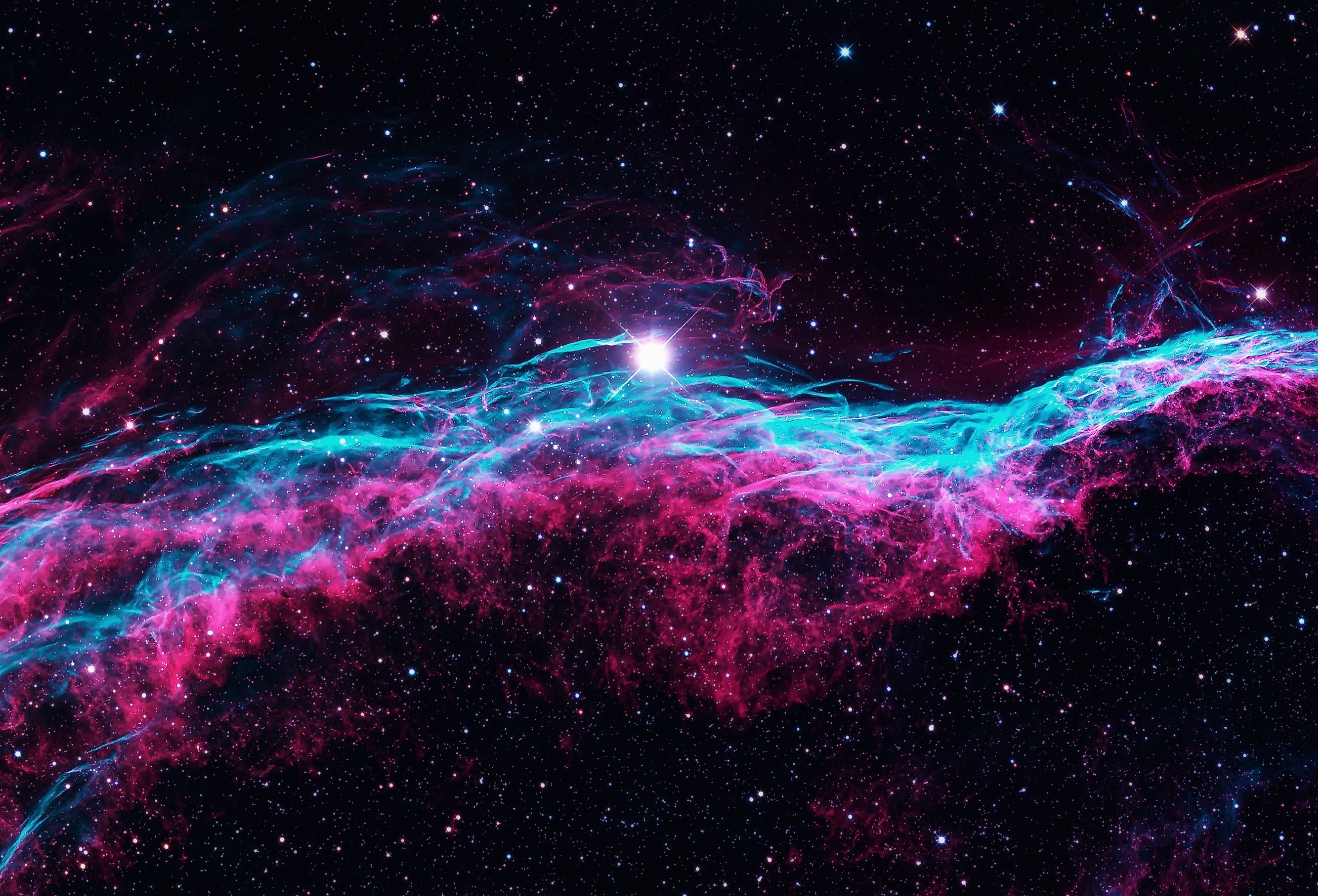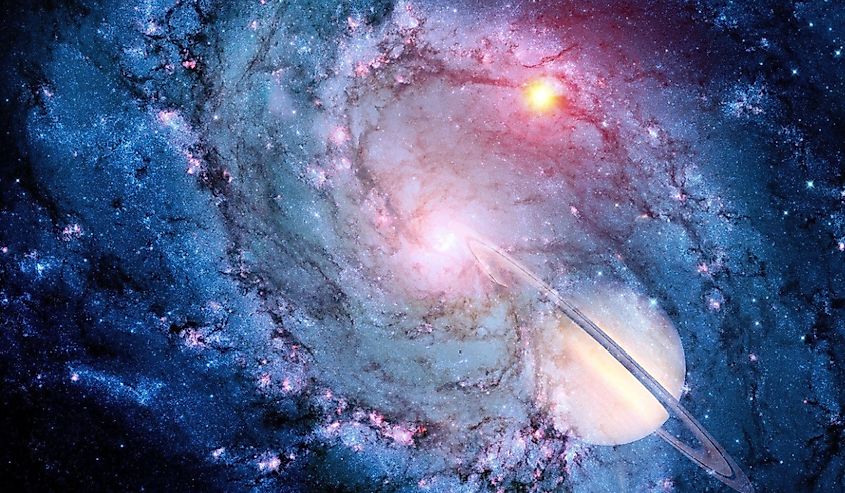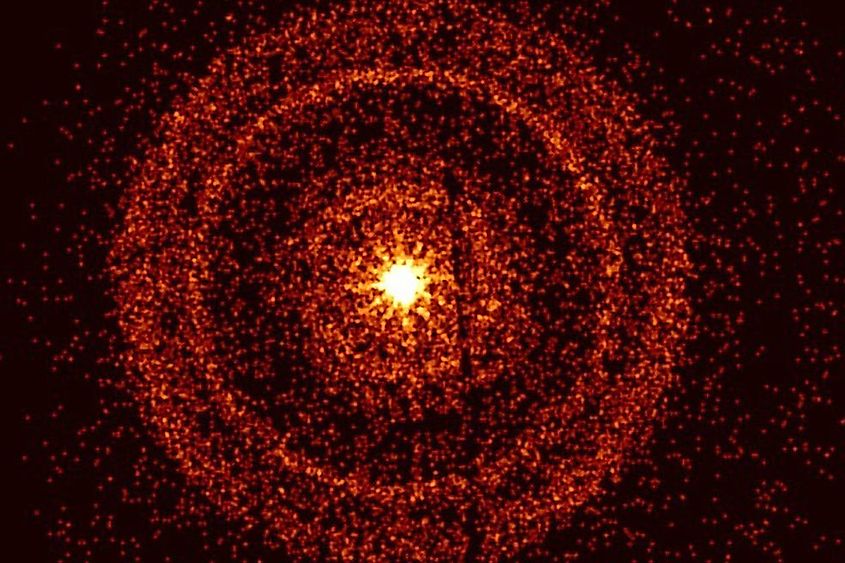
What Ionized the Universe
When we look out into the universe, space appears mostly empty, with that vast emptiness dispelled only by distant stars and galaxies. However, even empty space is not entirely empty. Interstellar space is saturated with gas and dust, known as the interstellar medium. While the interstellar medium describes what exists between the stars, there is also the intergalactic medium, which describes what exists between galaxies. Both of these mediums are largely ionized, which means that the atoms within the mediums have been stripped of their electrons. In order for this to happen, atoms must absorb a tremendous amount of energy that physically pushes their electrons away. How exactly do atoms in empty space become ionized?
Ionization in the Early Universe

The universe began in the Big Bang about 13.8 billion years ago. During the very earliest moments of the universe, all that existed was pure energy. During the first second of time, however, some of that energy condensed to form the first particles of matter. Gradually, the first atoms came into existence, which primarily came in the form of hydrogen, along with small amounts of helium and lithium. For the first 380,000 years, the universe was too hot for these first atoms to capture electrons, and so the universe was full of a dense ionized fog of gas.
After those first 380,000 years, the universe cooled enough that atoms could capture electrons, and so the universe was no longer ionized. However, within a few million years, the first stars began to form. The first stars to form were massive due to the fact that the universe was smaller and denser. More massive stars emit much higher amounts of radiation, and so stars slowly began to reionize the universe. About one-billion years ago, there were enough stars and radiation that the universe became reionized, resulting in an era known as the reionization era.
Did Stars Ionize the Universe?

Massive stars emit vast amounts of radiation that ionizes gas. It seems simple enough then that stars resulted in the reionization of the universe. However, there is more to the story. Through detailed observations and calculations, astronomers have found that the radiation from stars is not enough to ionize the entire universe, so there must be other sources of radiation.
These other sources could have come from events known as gamma-ray bursts (GRB). A GRB is a massive burst of gamma radiation emitted by massive stars as they collapse at the end of their lifecycle, and since gamma radiation is so high in energy, it can easily ionize atoms. However, even GRBs are not enough to explain the ionization of space.
While there are likely other sources, such as black holes, neutron stars, and quasars, astronomers have yet to determine exactly what caused the ionization of the universe. As technology and telescopes advance, astronomers will likely find more evidence on this matter, and it could be only a matter of time before we discover what ionized the universe.











